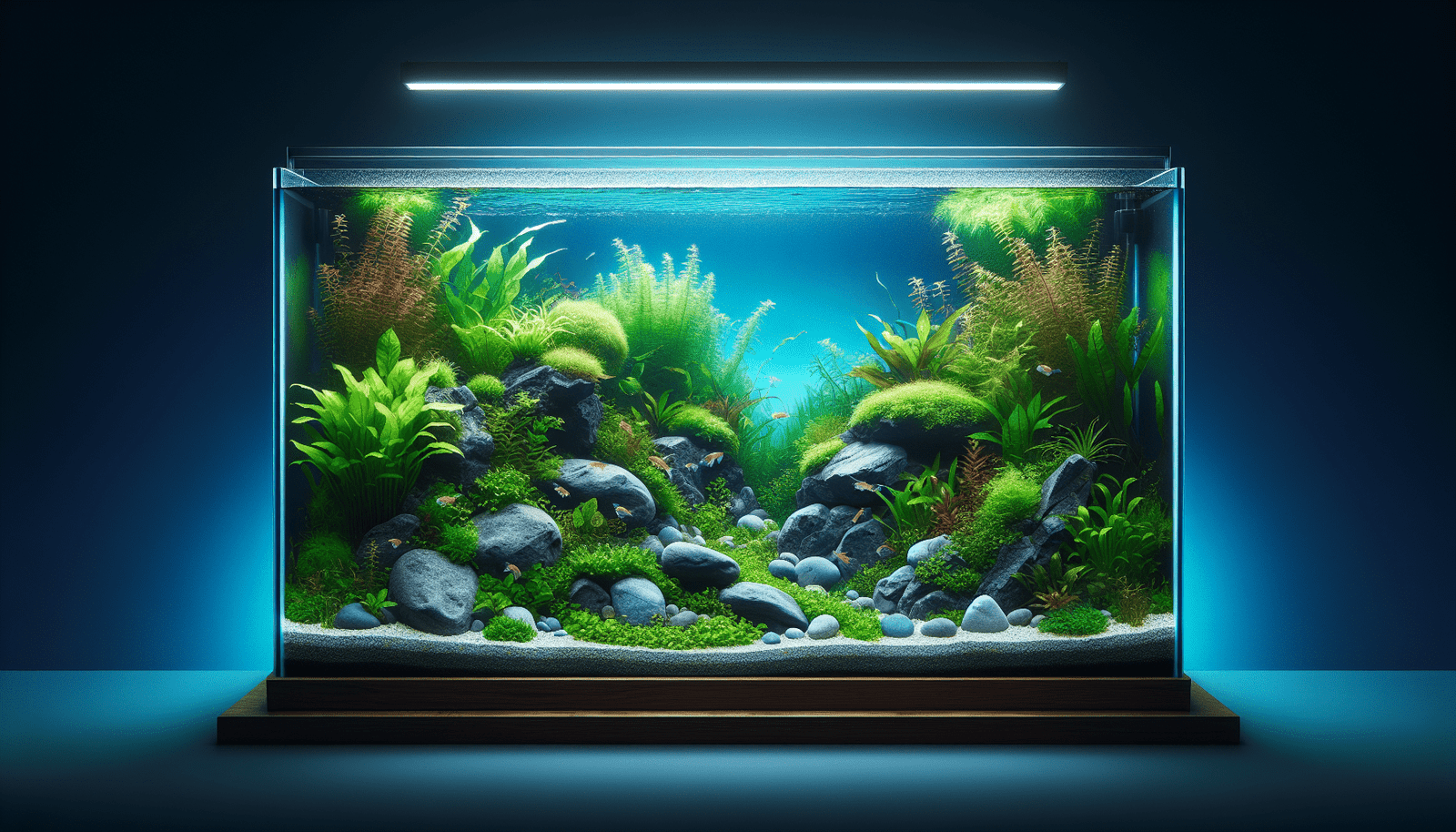Imagine you have your very own tiny underwater world right at home, filled with colorful plants, peaceful fish, and lovely stones. “Designing the Ideal Aquascaping Tank: A Comprehensive Guide” helps you create this beautiful scene. This guide shows you how to carefully pick the best plants and decorations, just like arranging a magical underwater garden. You’ll discover interesting tips on what makes these tanks special, how they’ve changed over time, and the latest trends that make them even more amazing now. Plus, you will see how different ideas can work together or stand apart, helping you come up with the perfect design for your dream tank. Get ready to dive into a fun and exciting adventure in aquascaping! Have you ever wondered how to make a fish tank look like a beautiful underwater scene? It’s called aquascaping, and it’s almost like gardening underwater! In this guide, we’ll learn everything about designing the perfect aquascaping tank.
What is Aquascaping?
Aquascaping is the art of designing and arranging beautiful landscapes inside a fish tank. Think of it as a combination of gardening and fish-keeping. You can create underwater mountains, forests, and even mini-rivers using plants, rocks, and sand.
Why is Aquascaping Important?
Aquascaping not only makes your tank look stunning, but it also creates a healthy environment for your fish. Plants help clean the water, and the decorations give fish places to explore and hide, reducing their stress.
History of Aquascaping
Aquascaping has been around for a long time. It started in Japan with something called “Nature Aquarium,” where people tried to mimic natural landscapes in their fish tanks. Over time, it became popular worldwide, and different styles and techniques were developed.

Current Trends
Today, people love creating different types of aquascapes. Some popular styles include:
- Nature Aquarium: Mimics natural landscapes like mountains and forests.
- Iwagumi: Focuses on rocks and has a minimalist design.
- Dutch Style: Looks like an underwater garden with lots of colorful plants.
Key Concepts and Definitions
To understand aquascaping better, let’s break down some key concepts:
- Substrate: This is the material you put at the bottom of the tank, like sand or gravel, to anchor the plants.
- Hardscape: The non-living decorations like rocks and driftwood.
- Aquatic Plants: Plants that can grow underwater and are essential for a healthy tank.
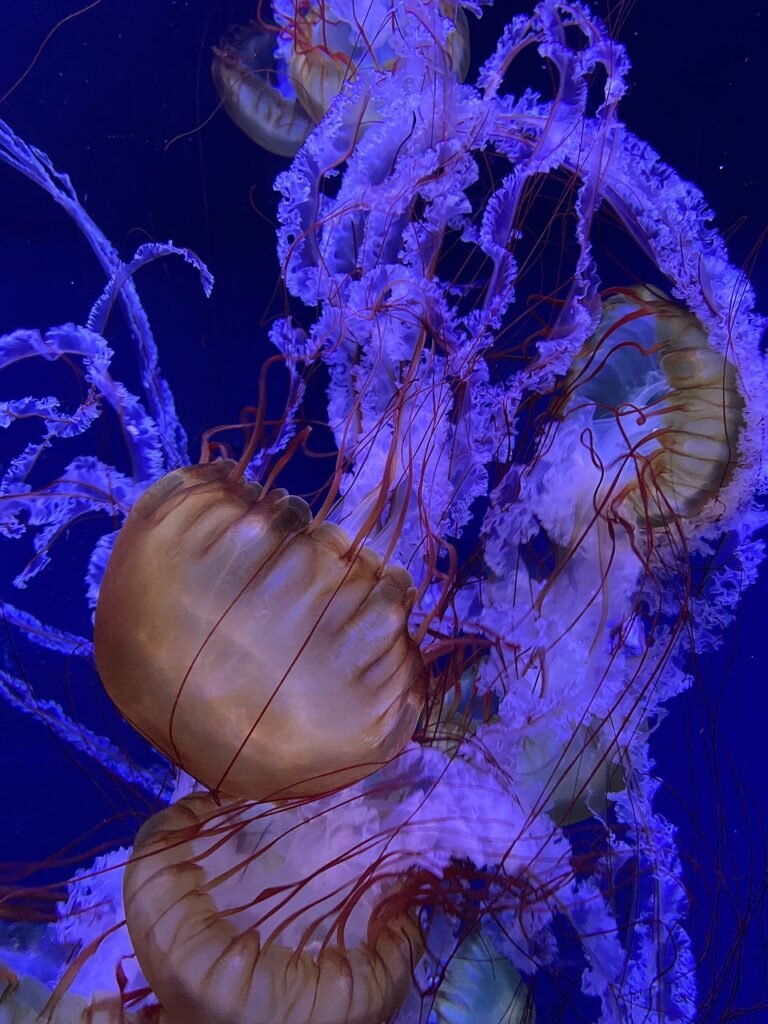
Detailed Exploration
Choosing the Right Tank
The first step is selecting the perfect tank. Here are some points to consider:
- Size: Larger tanks are easier to maintain and offer more space for creating beautiful designs.
- Shape: Rectangular tanks are popular because they provide a large viewing area.
Setting Up the Substrate
The substrate is important because it supports plant growth and affects water quality. Common types include:
| Type | Pros | Cons |
|---|---|---|
| Gravel | Good for root plants, easy to clean | Can trap debris |
| Sand | Natural look, good for bottom-dwelling fish | Can compact and limit water flow |
| Aqua Soil | Rich in nutrients, ideal for plant growth | Can release ammonia if not prepared |
Adding the Hardscape
The hardscape forms the backbone of your design. Here are some ideas:
- Rocks: Use different sizes to create a natural look.
- Driftwood: Adds a rustic feel and provides hiding spots for fish.
Planting Aquatic Plants
Plants are essential for a balanced aquascape. Consider these types:
- Foreground Plants: These are short and placed at the front, like Dwarf Hairgrass.
- Midground Plants: Slightly taller plants like Anubias, placed in the middle of the tank.
- Background Plants: Tall plants like Vallisneria, placed at the back.
Installing Equipment
To keep your tank healthy, you’ll need various equipment:
- Filter: Keeps the water clean by removing waste.
- Heater: Maintains a steady temperature, which is crucial for tropical fish.
- Lights: Essential for plant growth and to highlight your beautiful aquascape.
Cycling the Tank
Before adding fish, you need to “cycle” the tank. This means letting the beneficial bacteria grow, which helps keep the water healthy. This process can take a few weeks but is crucial for a balanced tank.
Example 1: Building a Nature Aquarium
Let’s build a simple Nature Aquarium with the following steps:
- Choose a Tank Size: A 20-gallon rectangular tank is a good start.
- Add Substrate: Use aqua soil to support plant growth.
- Set Up Hardscape: Place a few large rocks to mimic a mountain landscape.
- Planting: Use Dwarf Hairgrass in the foreground, Anubias in the midground, and Vallisneria in the background.
- Install Equipment: Add a filter, heater, and lights.
- Cycle the Tank: Wait a few weeks for the tank to cycle before adding fish.
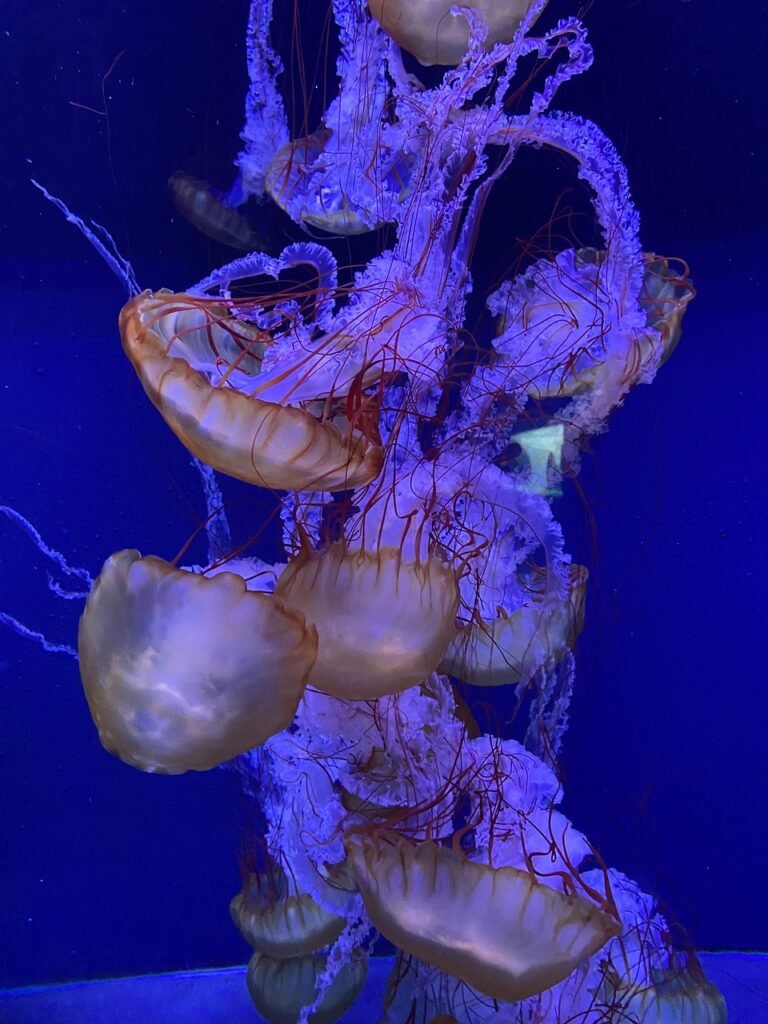
Example 2: Creating an Iwagumi Aquascape
The Iwagumi style is minimalist and focuses on rocks. Here’s how to create one:
- Tank Selection: A 10-gallon tank can be a good start.
- Substrate: Use fine gravel.
- Hardscape: Place three rocks of different sizes in a triangular formation.
- Plants: Use short plants like Dwarf Hairgrass to keep the focus on the rocks.
- Equipment: Add a filter, heater, and lights.
- Cycle the Tank: Allow a few weeks for the tank to cycle before introducing fish.
Comparison of Different Perspectives
There are various ways to create a beautiful aquascape, and everyone has their preferences. Some people love dense, colorful plant setups, while others prefer minimalist designs focusing on rocks and driftwood.
Nature Aquarium vs. Iwagumi
| Aspect | Nature Aquarium | Iwagumi |
|---|---|---|
| Focus | Plants and natural landscapes | Rocks and minimalist design |
| Complexity | Moderate to High | Low to Moderate |
| Maintenance | High, due to plants | Lower, fewer plants to care for |
| Aesthetic | Looks like a natural habitat | Clean, simple, and elegant |
Impact Assessment
Choosing a style depends on your taste and how much time you want to spend maintaining the tank. A densely planted Nature Aquarium may look stunning but requires more upkeep. In contrast, an Iwagumi setup is simpler but still offers a beautiful minimalist look.
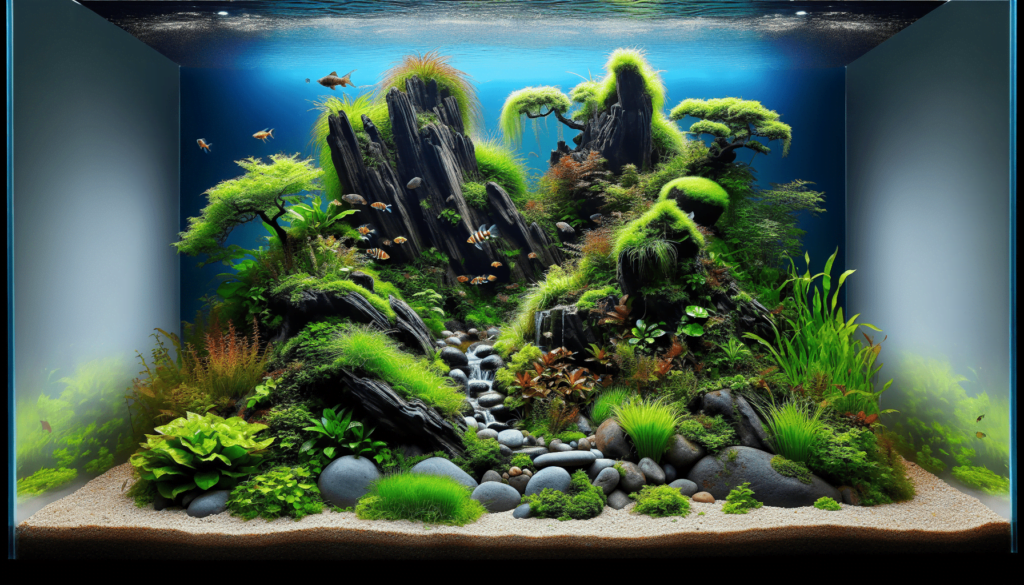
Future Directions and Implications
Aquascaping is always evolving, with new techniques and styles emerging. Here are some future trends and their implications:
Predictions
- Advanced LED Lighting: Newer lights that mimic natural sunlight will make plant growth easier.
- Automated Systems: Smart filters and feeding systems will reduce manual work.
- Biotopes: Creating tanks that mimic specific natural habitats may become more popular.
Implications
These advancements can make aquascaping more accessible and appealing to a broader audience. Automated systems can simplify maintenance, making it easier for beginners to get started.
Conclusion
We’ve learned a lot about designing the perfect aquascaping tank. From choosing the right tank and adding substrate and hardscape to planting and installing equipment, each step is crucial for creating a beautiful underwater world. Various styles like Nature Aquarium and Iwagumi offer different approaches, catering to different tastes and commitment levels.
Final Thought
Now that you know how to create an aquascape, what kind of underwater world will you design? Maybe a lush jungle or a serene rocky stream? The possibilities are endless and waiting for your creativity!
Feel free to share your aquascaping journey and ask questions. Happy aquascaping!
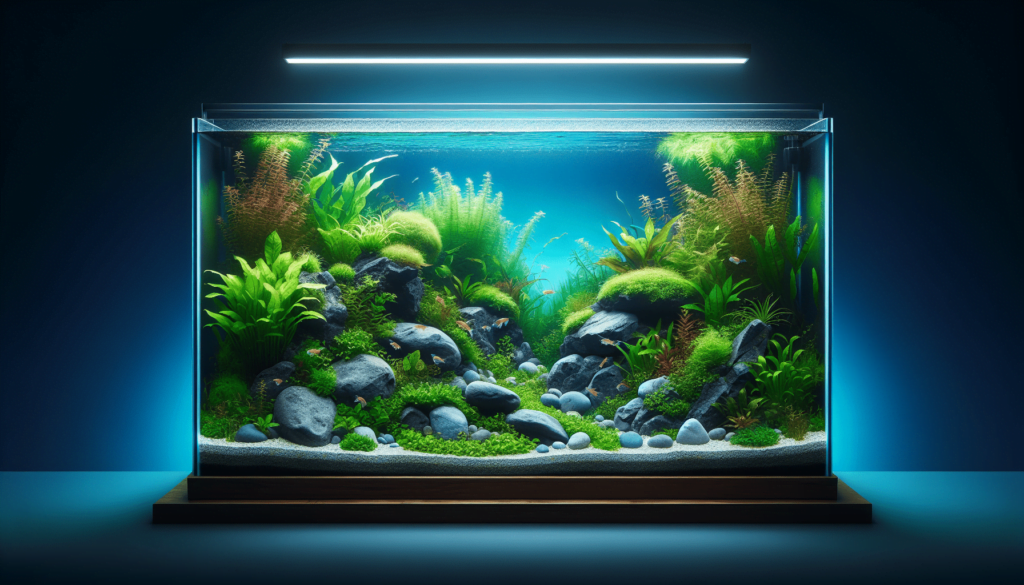
Credible Sources
- “Nature Aquarium Complete Works” by Takashi Amano
- “The Art of Aquascaping” by George Farmer
- Various online forums and websites like Aquatic Plant Central and The Aquascaper for community insights and tips.
